Albedo and Bioenergy at the Great Lakes Bioenergy Research Center
Albedo at the GLBRC (2018-)
Albedo—the ratio of reflected solar radiation to total incident radiation for a given area of land surface—is crucial in understanding energy fluxes on the Earth’s surface, and is an important parameter for modelling climate and weather. Research on albedo can provide information on biophysical characteristics of the land surface, including its role in land surface energy balance, the structure of vegetation canopies, soil moisture, effects of urbanization, etc. However, little is known about how albedo affects different biofuel cropping systems, nor about temporal variability, land use legacies, or the effects of management changes such as fertilization. This study will seek to understand the changes in albedo during bare-ground, peak growing, and senescence seasons, and thereby contribute to assessing the global warming potentials of each type of biofuel cropping system used within our study.
This study will be conducted at the Great Lakes Bioenergy Research Center (GLBRC), Michigan, USA (W.K. Kellogg Biological Station). Change in albedo of different bioenergy crops of corn, sorghum, switchgrass, miscanthus, native grasses, early successional and restored prairie will be quantified.
Research Question 1:
How does albedo vary over time, between different cropping ecosystems, different treatment sites, and changing climate and growing seasons?
Research Question 2:
How can we use drone imagery and sensor-derived albedo to analyze the spatial variability of crop ecosystems, and to scale up to a regional scale?
Research Question 3:
How can we utilize ancillary data from scale-up and MLE sites to provide validation for models to scale up to landscapes?
Conceptual Framework
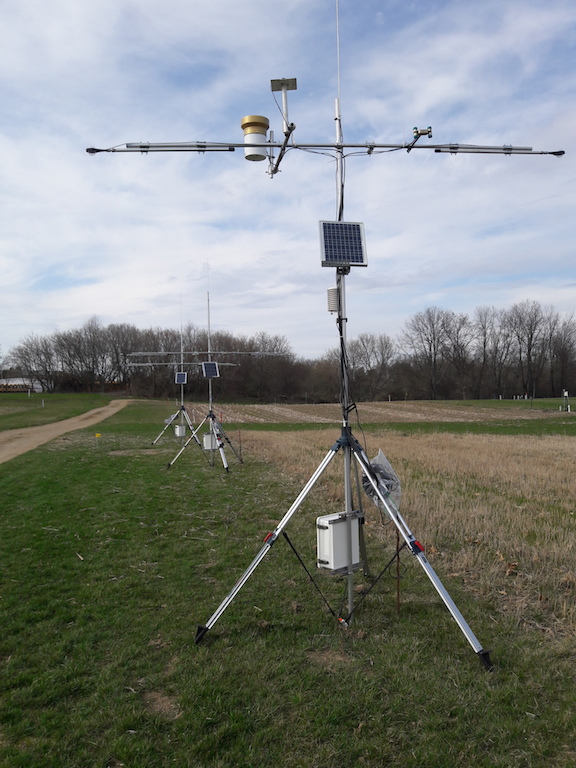
Figure 1. Seven towers will be installed within the BCSE research site. They will be equipped with the following sensors to perform year-round measurements: 1. One 4-component net radiometer to measure incoming and outgoing long/shortwave radiation (SN-500, Apogee Instruments). 2. Two net radiometers to measure net radiation (Q7, REBS), with sensors being installed on opposite ends. 3. One camera (Xingshitu Technology) to monitor and document vegetation phenology. 4. One water content reflectometer (CS-616, Campbell Sci. Inc.) to analyze soil moisture changes at 0-30 cm depths.
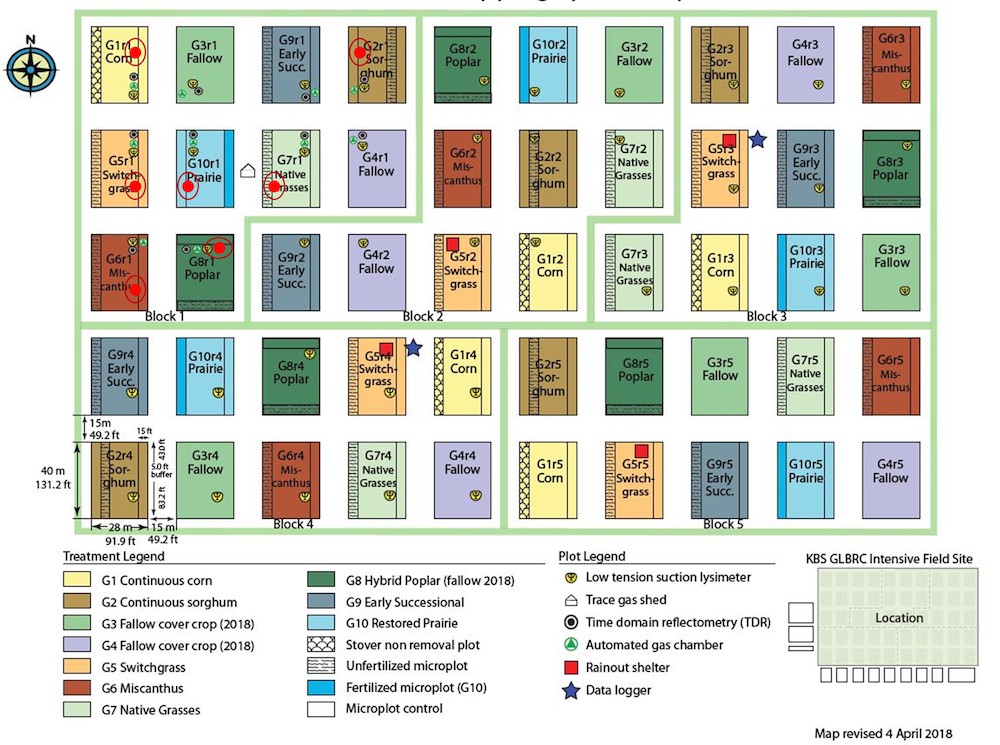
Figure 2. Instantaneous field measurements will be conducted during the summer months (May to August) within the BCSE, Scale-Up, and MLE sites to analyze the spatial variation in radiation, chlorophyll, and nitrogen content.
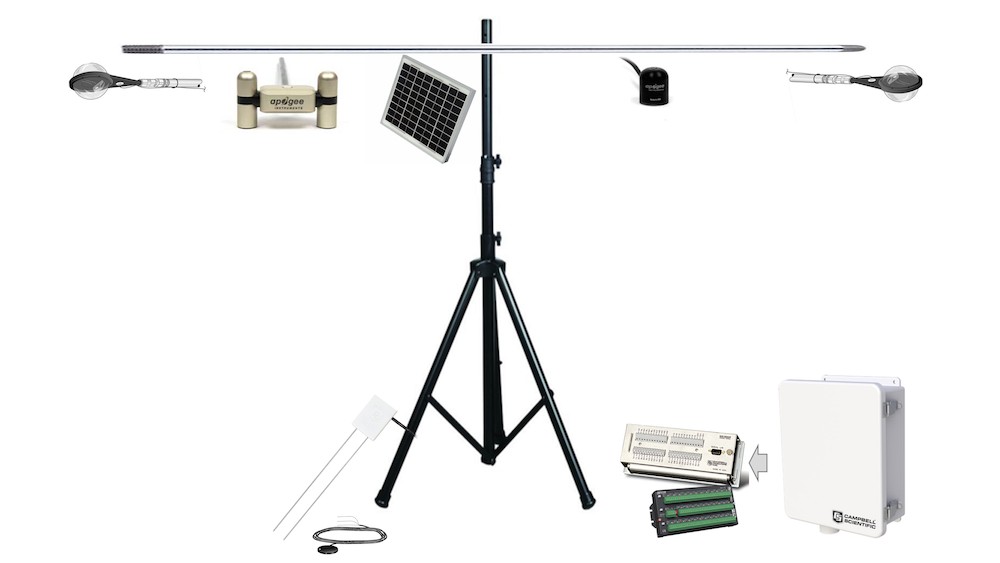
Figure 3. Drone flights will be performed for the BCSE, scale-up, and MLE cropping systems. A DJI Matrice 100 will be outfitted with two pyranometers and two prygeometers (Apogeee Instruments), a Multispectral camera with 5 bands for calculating NDVI, LAI and vegetation coverage, and potentially a PUCK sensor (Velodyne) for measuring LiDAR.
Data
Bioenergy at the GLBRC (2008-2012)
We propose to use the eddy covariance (EC) method as our primary tool (see Chen et al. 2008) in making intensive, continuous measurements of NEP, water loss through evapotranspiration (ET) and energy balance at the six KBS-GLBRC “Scale-Up Fields”: switchgrass, restored prairie and continuous corn fields (two replicates of each system). A combination of dynamic chambers and microclimatic and biometric measurements will also be used to collect various needed data on soil C, resource use (water, light and N), carbon gain (photosynthesis) and loss (respiration) and changes in major biophysical variables as well as heat energy to achieve our study objectives.
We hypothesize that significant differences exist in ecosystem production, biophysical regulations and belowground carbon allocation among the three biofuel production systems. These differences are clearly reflected at multiple temporal scales.
The data and results produced from this study will be posted on an open Webpage in order to best promote their uses (e.g., modeling research of the Thrust 4 toward the missions of the DOE-BRC.
Objective 1:
Examine the magnitudes and dynamics of net ecosystem production (NEP) and soil C at the six “Scale-Up Fields” that have been identified at the Kellogg Biological Station (KBS).
Objective 2:
Investigate the biophysical regulations and resource use limitations for maximizing NEP and soil C at these sites.
Acknowledgements
Funded by the DOE
Conceptual Framework and Hypothesis
We hypothesize that significant differences exist in ecosystem production, biophysical regulations and belowground carbon allocation among the three biofuel production systems. These differences are clearly reflected at multiple temporal scales.
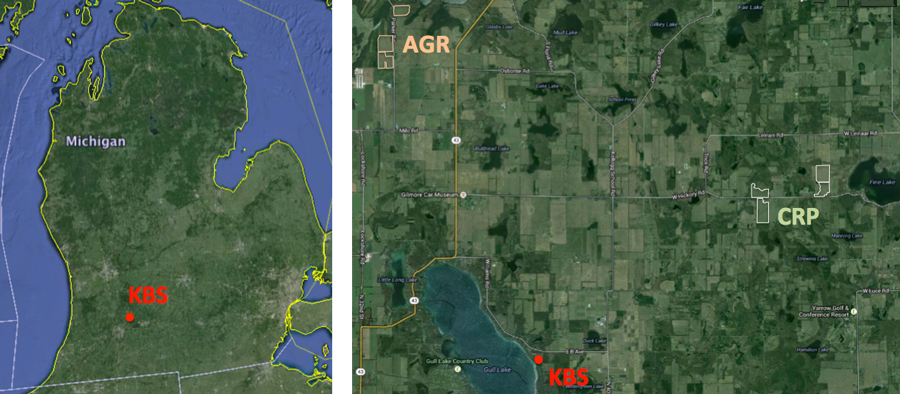
Figure 1. The Kellogg Biological Station in Hickory Corners, MI, and the two areas of research: Lux Arbor Reserve, agriculture (AGR) and Marshall Farms, conservation reserve program (CRP).

Figure 2. Location of the seven sites, which are spread between AGR and CRP, and their eddy covarience towers and crop type.
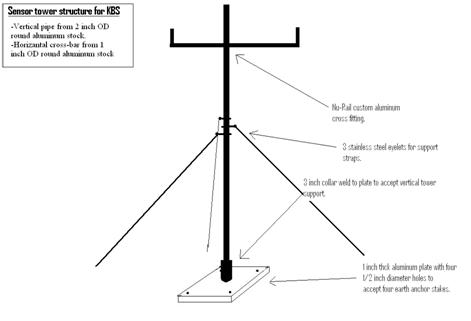
Figure 3. Layout and assembly of each sensor tower.
Data
Eddy Covarience Data
Kellogg Biological Station Data Table: Gap-filled net ecosystem exchange data from the University of Toledo Eddy Covariance towers (updated regularly), which is distributed through their network. The data here includes the original data and the gap filled data. Gap filling is done using a web application. Follow this link to help understand some of the output variables.
LEES data tables (2008-2009): Eddy Covariance flux and microclimate data provided in xls for 2008 and 2009.
Additional Data
- Soil Respiration: 2009, 2012 data in xls.
- Photosynthesis: 2009-2011 data in xls.
- Soybean Biome: Data from when the KBS field sites were converted from Soybean to current crop/field type.
- LIDAR data: 2008-2009 data sets and associated .emf images.
Additional information on our procedures can be found on our resources page.
Team Members
Name |
Role |
Contact |
|---|---|---|
| Dr. Jiquan Chen | Professor, Principal Investigator | jqchen@msu.edu |
| Dr. Michael Abraha | Research Associate | abraha@msu.edu |
| Dr. Jie Dai | Research Associate | Daijie2@msu.edu |
| Dr. Cheyenne Lei | PhD Student | xxx@msu.edu |
| Yahn-Jauh Su | PhD Student | yjsu1028@msu.edu |
| Dr. Terenzio Zenone | Research Associate | xx@msu.edu |
Contact
Center for Global Change and Earth Observations
202 Manly Miles Bldg. 1405 South Harrison Road Michigan State University, East Lansing, MI 48823


